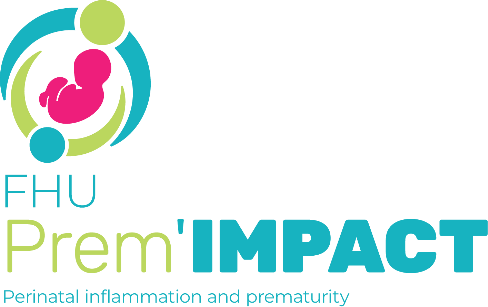BMC Pregnancy Childbirth. 2020 Nov 23;20(1):720. doi: 10.1186/s12884-020-03413-w. PMID: 33228570.
Abstract
Background: To evaluate if women with a history of myomectomy have a modified preterm birth risk compared to women with myomas during pregnancy.
Methods: Retrospective cohort study including all women with a history of myomectomy (operated group) or uterine myomas during pregnancy (unoperated group) who delivered in a tertiary center between January, 2011 and December, 2017. The operated group included women who had a myomectomy history with or without myomas during the ongoing pregnancy. The unoperated group included women with uterine myoma(s) seen on at least one ultrasound during pregnancy without history of myomectomy. The primary outcome was preterm birth < 37 weeks, and the secondary outcome spontaneous preterm birth < 37 weeks. To control for confounding factors, a propensity score approach was used. Two sensitivity analysis were performed, one repeating the analysis using the propensity score after excluding operated women with persistent myomas and one using a classical multivariable logistic regression model.
Results: The cohort included 576 women: 283 operated women and 293 unoperated women. The rate of preterm birth was similar in the two groups: 12.6% in the unoperated group and 12.0% in the operated group (p = 0.82). No difference in preterm birth risk was shown between unoperated and operated women in the cohort matched on the propensity score: OR 0.86; 95%CI [0.47-1.59]. These results were consistent for spontaneous preterm birth (OR 1.61; 95%CI [0.61-4.23]) and for the sensitivity analyses.
Conclusion: In women with a leiomyomatous uterus, a history of myomectomy is not associated with a reduced preterm birth risk.
